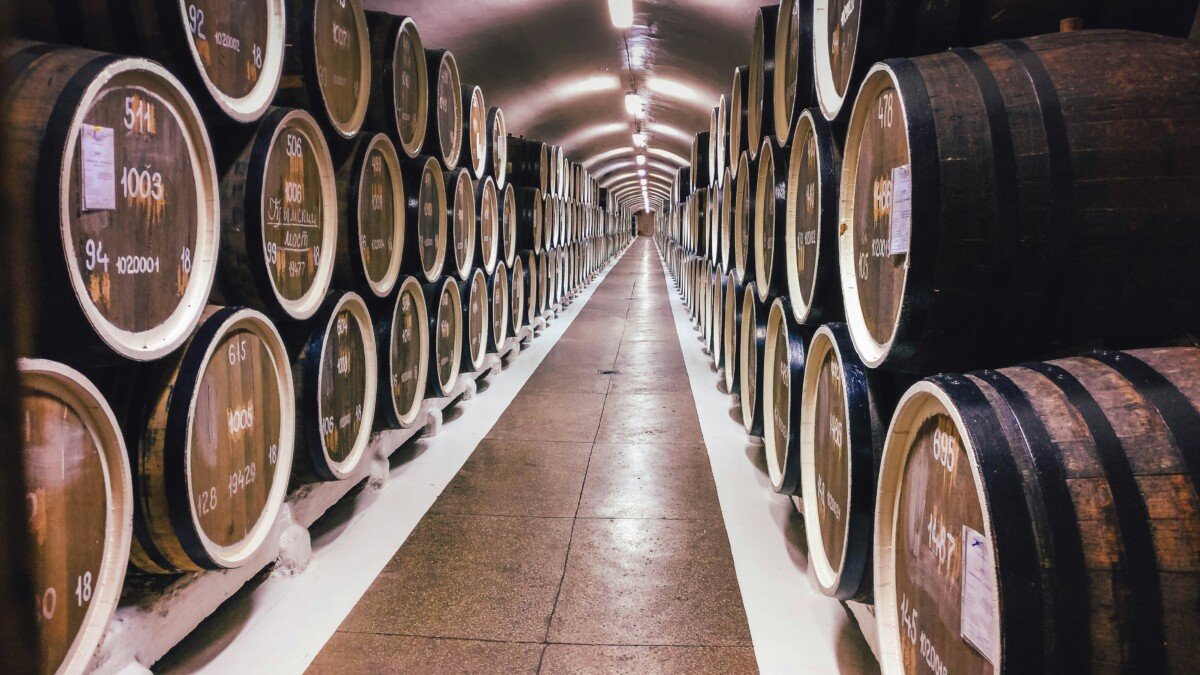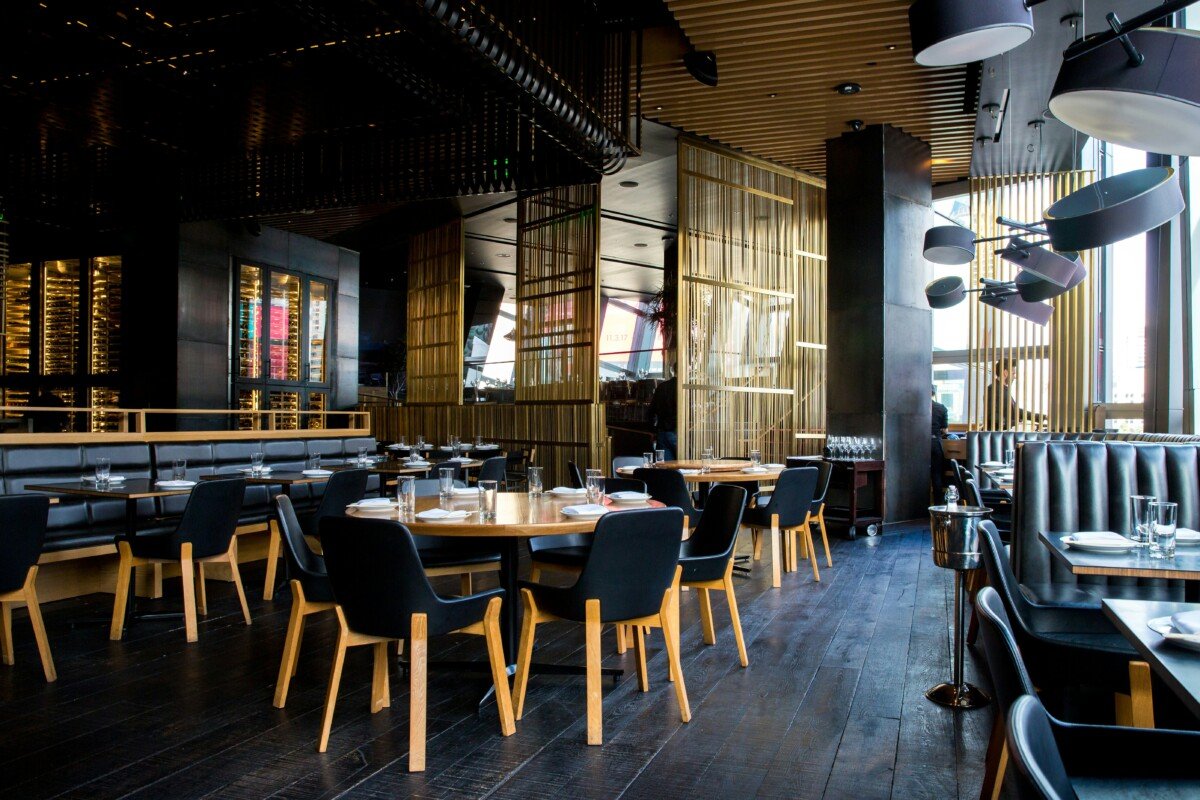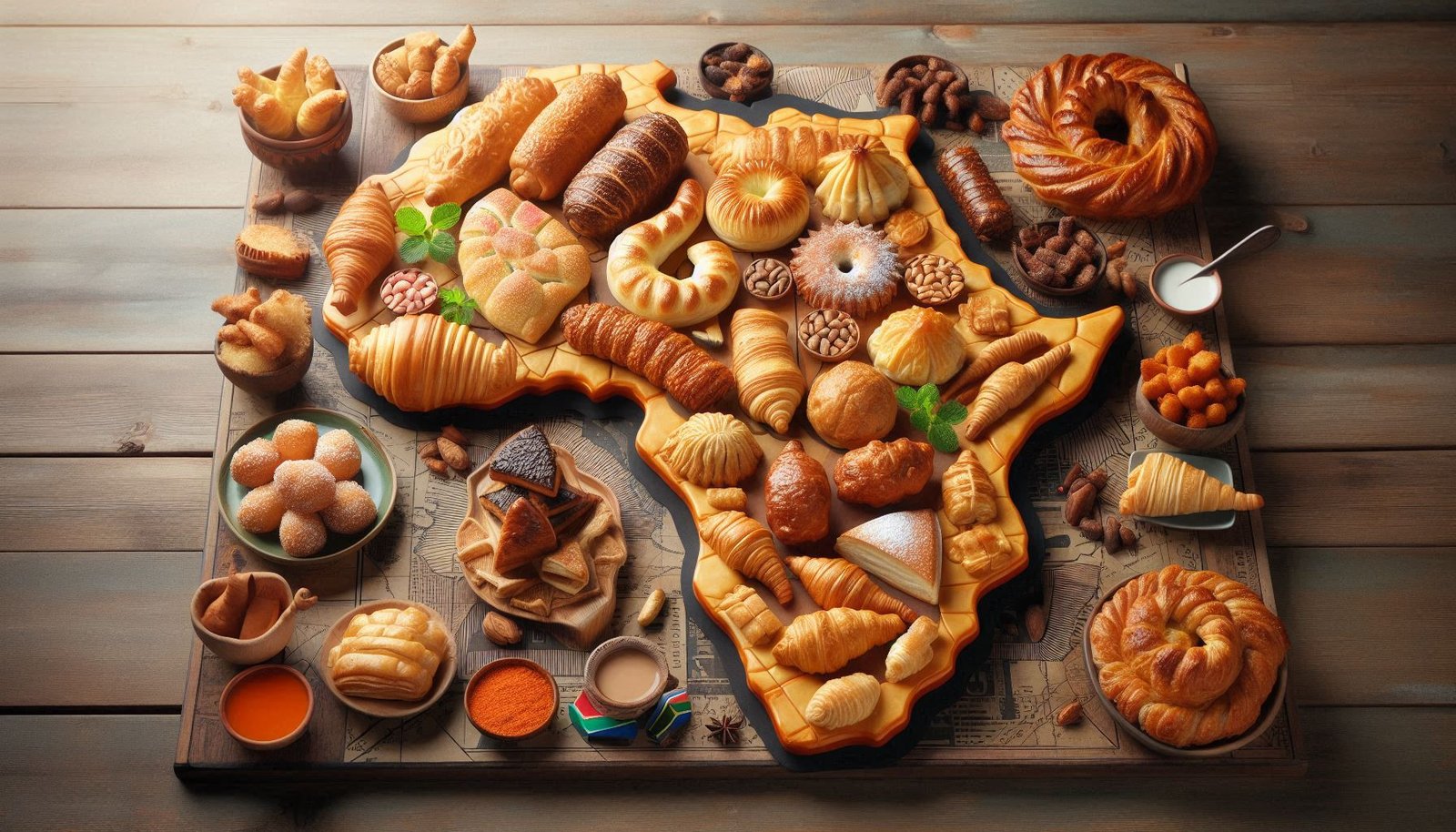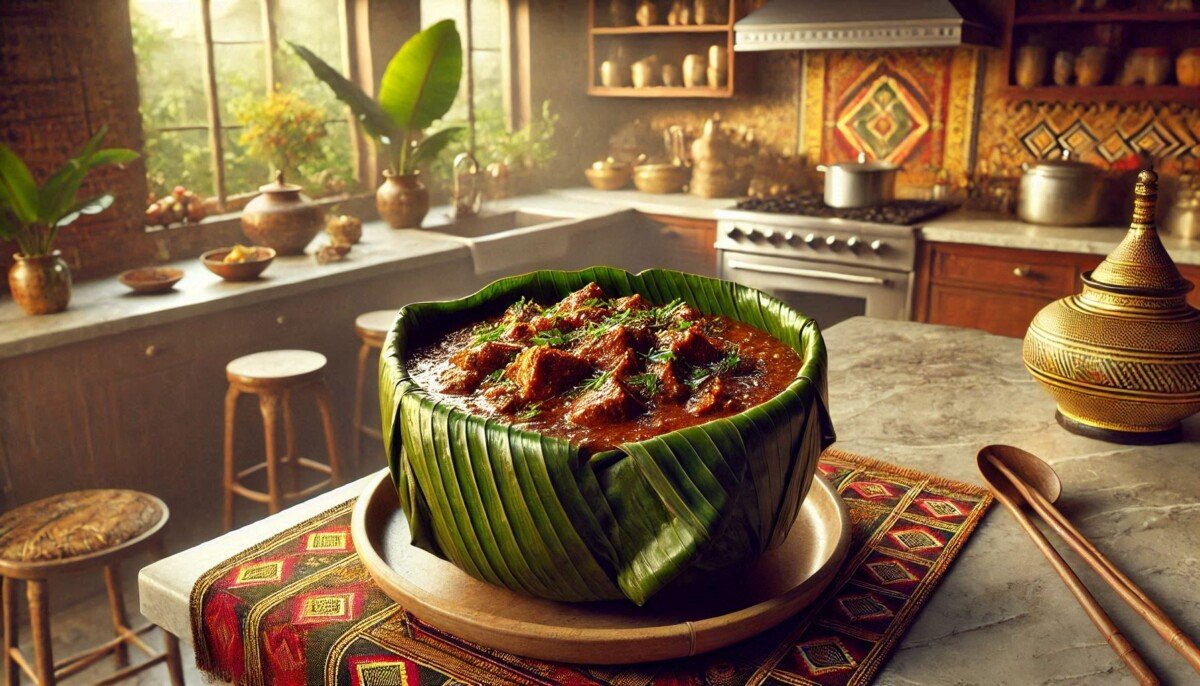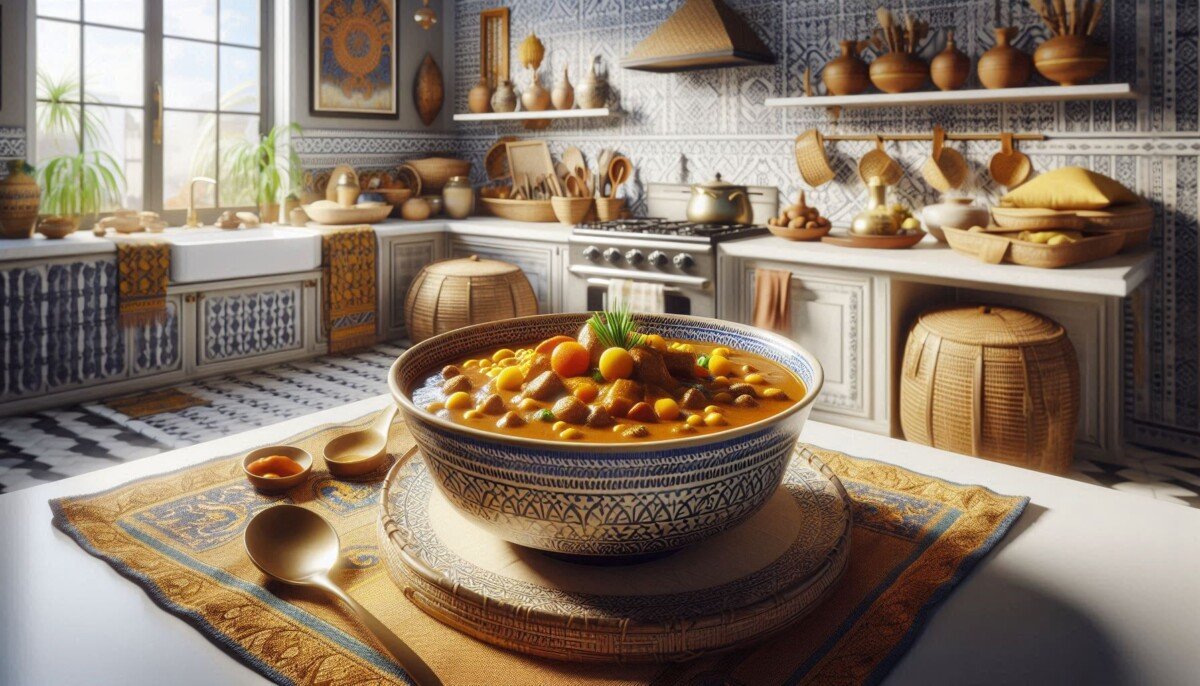Introduction to African Pastries
African pastries offer a rich tapestry of flavors and textures, shaped by a diverse array of cultural influences from across the continent. These delectable treats embody the fusion of indigenous ingredients with culinary techniques introduced through trade, colonization, and migration. In encompassing such a spectrum, African pastries reflect the continent’s extensive and varied culinary heritage.
From the airy and crispy Senegalese Akara to the sweet and dense South African Koeksister, each pastry tells a story of its unique regional origin. West African pastries, for instance, often incorporate ingredients like coconut, peanuts, and plantains, giving them their characteristic richness and sweetness. Meanwhile, North African pastries frequently use almonds, dates, and honey, highlighting the influence of Mediterranean and Arab culinary traditions.
Cultural significance plays a crucial role in the creation and consumption of these pastries. Many African societies celebrate special occasions with particular pastries, incorporating them into rituals, festivals, and everyday life. In Ethiopia, injera, while primarily a flatbread, transforms into delectable pastries known as “injera firfir” when treated with spices and clarifying butter for special feasts. This interplay between everyday and celebratory food underscores the adaptability and creativity inherent in African cooking.
Techniques used in the preparation of African pastries are as varied as their flavors. Some pastries are fried, others are baked, and some are even steamed. For instance, East African mandazi, a type of doughnut, is deep-fried to achieve a golden, crispy exterior, while Mauritian Napolitaine works its charm with layers of shortbread and jam, baked to perfection. The use of traditional methods, such as hand-milling grains or sun-drying fruits, adds a distinctive touch of authenticity to these culinary creations.
The journey through African pastries is not just about indulging in delicious foods, but also about appreciating the history, culture, and ingenuity that each one represents. As we delve deeper into specific pastries from various African regions, we uncover more than just recipes; we uncover stories of heritage, community, and the undying spirit of innovation.
North African Delights: From African Baklava to Briouat
North African pastries are a testament to the region’s rich cultural tapestry, weaving together flavors, textures, and culinary traditions from countries like Morocco, Algeria, and Tunisia. One of the most renowned pastries is Baklava, a sweet treat that reveals the influence of Middle Eastern cuisine. Baklava is crafted from layers of phyllo dough, meticulously brushed with melted butter, and interspersed with finely chopped nuts such as walnuts, pistachios, or almonds. The layers are then baked to a golden perfection before being drenched in a fragrant syrup made from honey, rose water, or orange blossom water. The result is a delectable pastry that balances the crispiness of the phyllo with the sweetness of the syrup and the nutty crunch of the filling.
Another popular North African delight is Briouat, a versatile treat that can be prepared sweet or savory. Sweet Briouats are usually filled with an almond paste flavored with cinnamon and orange blossom water, enveloped in phyllo dough or warqa (a thinner Moroccan pastry), then fried or baked and coated in honey. On the savory side, Briouats can be stuffed with fillings like chicken, cheese, or minced meat, often seasoned with aromatic spices such as cumin, paprika, and ginger. The preparation of Briouat involves skillful folding of the dough into triangular shapes, which not only require culinary prowess but also give the pastries their distinct appearance.
The historical and cultural significance of these pastries cannot be overlooked. Both Baklava and Briouat reflect the confluence of various influences, from the Berber and Arab traditions to the impact of the Moorish presence in Spain. These treats are often associated with festive occasions and family gatherings, where they serve as symbols of hospitality and celebration. The methods of preparation have been passed down through generations, preserving the authenticity and uniqueness of these North African delights. In each bite, one can taste the history and culture that have shaped these exquisite pastries into what they are today.
West African Treats: Exploring Puff-Puff and Chin Chin
The culinary landscape of West Africa boasts a plethora of delightful pastries, each offering unique flavors and textures. Among these, Puff-Puff and Chin Chin stand out as quintessential snacks from Nigeria and Ghana, beloved for their simplicity and remarkable taste.
Puff-Puff is a deep-fried dough ball that exudes a delightful blend of chewiness and crispness. The preparation process involves creating a yeast-based dough mixed with flour, sugar, a pinch of salt, and water. Once the dough has risen, it is scooped into small balls and fried until golden brown. The result is a light, airy pastry often dusted with powdered sugar or paired with a spicy pepper sauce, adding a unique twist.
Chin Chin, on the other hand, offers a contrasting texture. These crunchy, fried dough pieces are crafted from a mixture of flour, sugar, milk, and butter, with a hint of nutmeg or baking powder sometimes added for extra flavor. After rolling out the dough and cutting it into small squares or strips, they are deep-fried until they achieve a crispy, golden-brown exterior. Often enjoyed during celebrations and festive occasions, Chin Chin’s versatility allows for both sweet and savory versions, making it a delightful treat for any palate.
Both Puff-Puff and Chin Chin hold significant cultural importance beyond their native regions. During festive periods, such as Christmas and New Year, these pastries are staples at family gatherings and communal celebrations. In recent years, the African diaspora has taken these beloved snacks to different corners of the globe, infusing them with local ingredients and techniques while maintaining their traditional essence. From street food vendors in Lagos to African-themed restaurants in London and New York, Puff-Puff and Chin Chin have transcended their origins to become global ambassadors of West African culinary heritage.
To experience the authentic taste of West Africa, sampling Puff-Puff and Chin Chin is indispensable. These pastries not only offer a delightful culinary experience but also provide a rich, cultural immersion, embodying the vibrant spirit of West African traditions.
East and Southern African Pastries: Mandazi and Koeksisters
East and Southern Africa boast a diverse culinary heritage, especially when it comes to pastries. Two iconic examples are Mandazi from East Africa and Koeksisters from Southern Africa, each offering unique textures, flavors, and cultural significance.
Mandazi, hailing from Kenya and Tanzania, is a popular treat often enjoyed as a snack or breakfast item. This slightly sweet, deep-fried bread is reminiscent of a doughnut but has a more subtle sweetness. Traditionally, Mandazi dough is made using ingredients such as all-purpose flour, sugar, coconut milk, cardamom, and occasionally yeast. The coconut milk lends it a rich and moist texture, while the cardamom provides an aromatic touch. Once fried to a golden-brown hue, Mandazi is typically served warm, often accompanied by tea or coffee. They are especially popular during communal gatherings, festivals, and Swahili cultural celebrations, symbolizing hospitality and togetherness.
On the other hand, Koeksisters are a quintessential South African pastry, celebrated for their intricate braiding and syrupy sweetness. Originating from the Afrikaans culture, Koeksisters are made from a dough that combines flour, baking powder, butter, and milk. The dough is then rolled out, cut into strips, and braided before being deep-fried until crispy. The defining feature of Koeksisters is their generous coating of syrup, made from water, sugar, lemon juice, and ginger. To achieve their signature texture, the hot fried pastries are immediately dunked into cold syrup, creating a crispy exterior that encases a sticky, sweet interior. Koeksisters hold cultural importance during celebrations and are often enjoyed with a cup of rooibos tea during family gatherings or special occasions.
Both Mandazi and Koeksisters illustrate the rich tapestry of African pastry-making traditions. They are not merely indulgent treats but also serve as symbols of cultural heritage, bringing people together through their preparation and enjoyment. The distinct flavors and techniques of these pastries continue to enchant locals and tourists alike, offering a delectable glimpse into the culinary customs of East and Southern Africa.




